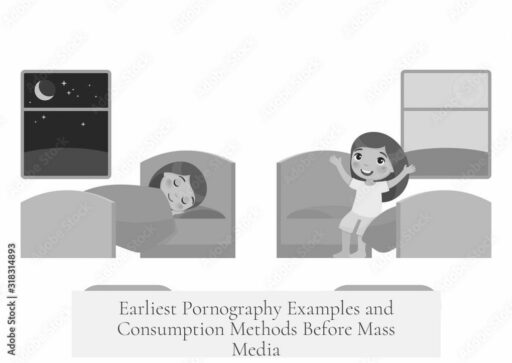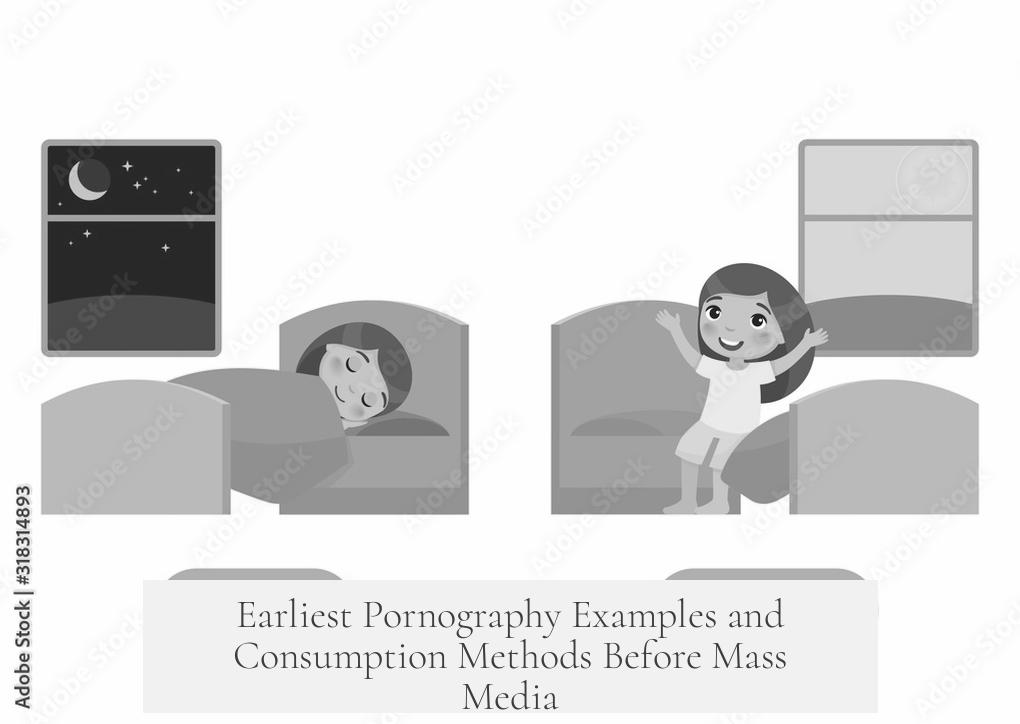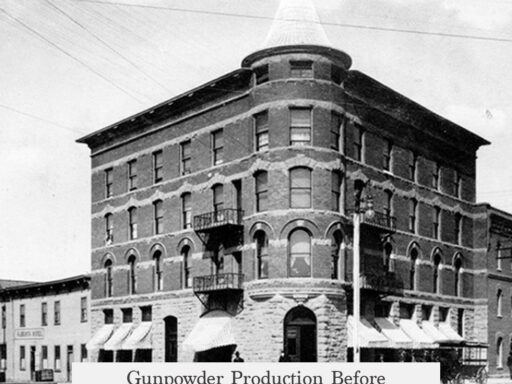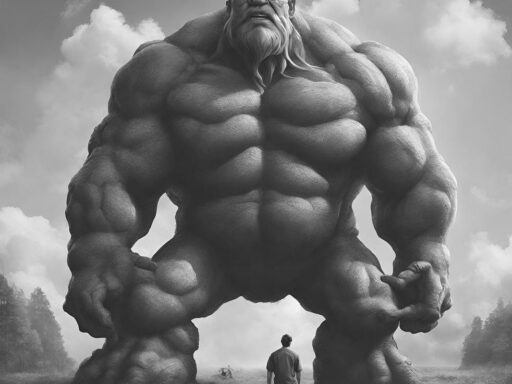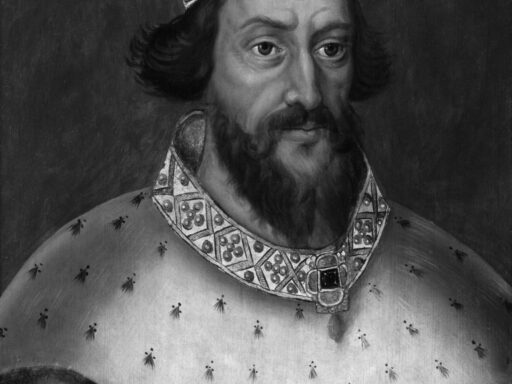The earliest examples of pornography date back to the late 19th and early 20th centuries, with the introduction of erotic short films and depictions of sexual acts in private or restricted settings. Before the development of mass media such as cinema and widespread printing, pornography existed primarily in limited-access forms, often confined to elite circles or clandestine venues.
The concept and term “pornography” as understood today emerged relatively recently, around the early 1800s. Although erotic imagery and literature have existed for millennia, they were historically not categorized as “pornography.” For instance, ancient texts like the Kama Sutra are better understood as cultural or artistic works rather than pornographic. The word “pornography” itself has Greek roots, meaning “writing about prostitutes,” but it appeared only once in recorded Ancient Greek literature and disappeared as a term until its 19th-century revival. By 1857, the term was formalized in law, especially in England and France, to denote explicit material intended to sexually arouse rather than artistically please.
In the early era of motion pictures, several significant works stand out. Thomas Edison’s studio produced Carmencita in 1894, a short film featuring a Spanish dancer displaying parts of her legs and underwear, considered risqué at the time. In 1896, The May Irwin Kiss depicted an 18-second kiss between a Victorian couple, which created public controversy and calls for censorship, demonstrating the period’s sensitivity to erotic content.
Moving into the early 20th century, films portraying explicit sexual acts appeared, though they were rare and usually circulated privately. One of the earliest surviving films is the French L’Ecu d’Or ou la Bonne Auberge (1908), which involved explicit sexual content but was heavily censored with most copies destroyed. In the United States, A Free Ride (1915) surviving as an accessible example, typically shown in brothels. These films were not publicly screened in theaters but rather shown in restricted environments where privacy was assured.
Such films circulated before the 1930s primarily within brothels or underground venues because film projection technology was expensive and not widely available. These limited distributions reflected broader societal attitudes and legal restrictions on erotic materials. When cinema became more accessible in the 1930s, erotic films slowly moved towards wider public awareness but often met with censorship and moral panic.
A notable milestone is the 1933 Czech film Ecstasy, which featured nudity and scenes interpreted as showing a female orgasm. Its release triggered scandals and intensified calls for regulation, contributing to the establishment of the Motion Picture Production Code (known as the Hays Code) in the United States. This code effectively banned explicit erotic content from mainstream Hollywood films for decades.
Prior to mass media like films and printed books, erotic content circulated in carefully controlled ways. Secret or “forbidden” museums, such as the Borbonico Museum in Naples, housed erotic artifacts and ancient wall paintings (some excavated from Pompeii), but access was restricted. Typically, only educated upper-class men fluent in Latin or Greek could visit and afford admission. This exclusivity reflected broader social controls, aimed at excluding women and the lower classes from accessing explicit material.
This controlled access intensified as rising literacy and the expansion of the book market threatened to make erotic content widely available. Society’s response created the legal and social category of “pornography” as a regulatory mechanism. It sought to restrict dissemination and consumption, influenced by concerns over morality and social order, particularly in England and America.
- Early pornography films emerged in the late 1800s, including Edison’s Carmencita (1894) and The May Irwin Kiss (1896).
- Explicit films from the early 1900s, like L’Ecu d’Or (1908) and A Free Ride (1915), were typically shown in brothels and private settings.
- The modern notion of “pornography” was established legally around 1857, differentiating erotic art from explicit sexual content.
- Before mass media, erotic materials were confined to secret museums and elite audiences, restricting who could consume them.
- The advent of cinema and increased literacy challenged these controls, prompting legal and cultural censorship mechanisms to limit pornography’s reach.
When Are the Earliest Examples of Pornography From, and What Were the Main Forms of Consumption Before Mass Media?

If you think pornography is a product of the internet age, think again. The earliest examples date back more than a century, with the concept itself evolving over centuries. Before mass media, people had unique and often secretive ways to consume erotic content. Let’s dive into the fascinating history of pornography and its early consumption.
Ready to uncover the steamy secrets hidden in history? Let’s start!
The Dawn of Pornography in Film: Flickers of Scandal from the Late 19th Century
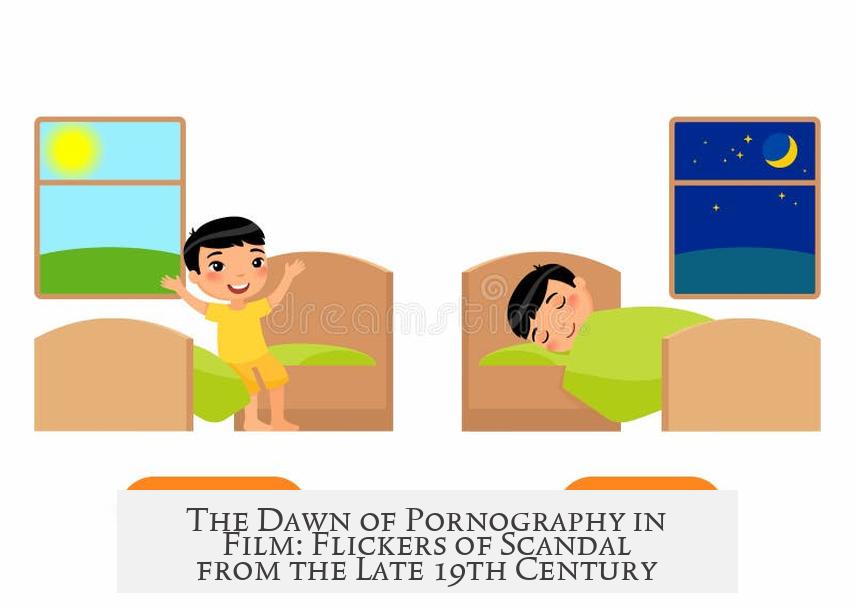
The roots of pornography in film extend back to the late 1800s. In 1894, Thomas Edison’s studio shocked audiences with Carmencita. This short film featured a Spanish dancer twirling with visible underwear and legs —a big deal at the time.
Two years later, Edison’s studio caused even more uproar with The May Irwin Kiss (1896). This awkward but daring 18-second clip showed a Victorian couple kissing. It sparked cries for censorship and even protests from the Roman Catholic Church. Though these calls mostly fizzled out, it shows how sensitive society was to erotic imagery even then.
Explicit Scenes Enter the Picture: Early 20th Century Erotic Films
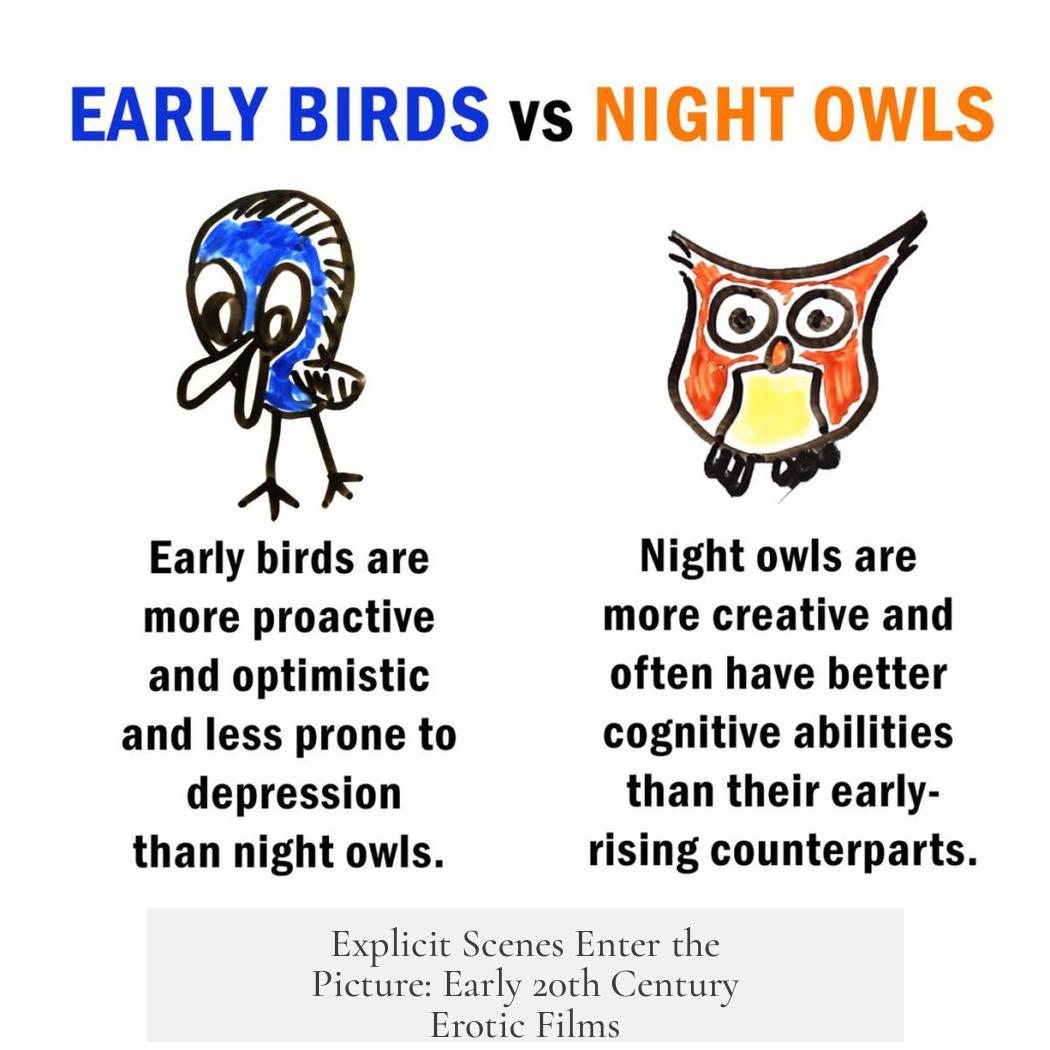
By the early 1900s, films started to get more explicit. The oldest surviving erotic movie is L’Ecu d’Or ou la Bonne Auberge from 1908. Set in France, it featured an innkeeper offering his daughter—and later a third woman—as a substitute for food. This plot certainly pushed boundaries and led censors to destroy most copies.
Meanwhile, in America, A Free Ride (1915) survives as one of the earliest explicit films. These films were mostly confined to brothels, shown privately to paying customers. It wasn’t until film projection became affordable in the 1930s that wider audiences could see erotic films, albeit still behind closed doors.
Scandal, Censorship, and the Evolution of Public Taste

One notable film, the Czech movie Ecstasy (1933), revolutionized erotic cinema by showing nudity—and, notably, what seems to be the first female orgasm on screen. The uproar led to moral panic and the tightening of regulations. In the U.S., the Hays Code soon banned erotic content from mainstream films, holding back public erotic expression for several decades.
It wasn’t until 1988’s California v. Freeman that hardcore pornography gained legal freedom in America. Before that, erotic content was cautiously underground or heavily censored
How Did We Even Get the Word ‘Pornography’?
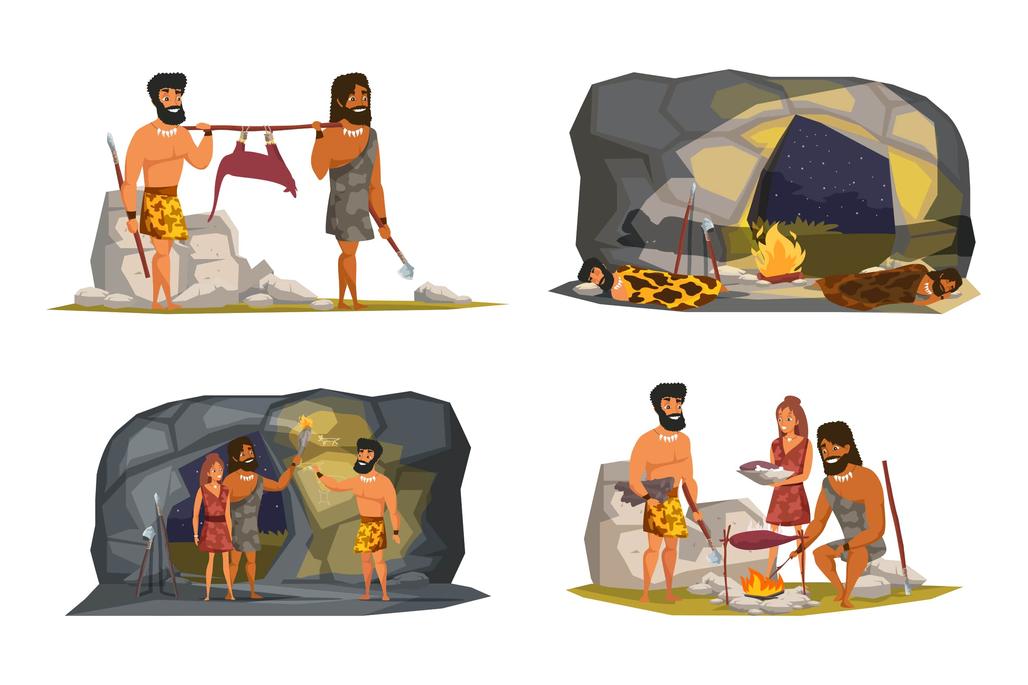
The term pornography is older than you might think but not quite as ancient as you expect. Derived from Greek—literally meaning “writers about prostitutes”—the word only appears once in ancient Greek texts and then vanishes for 1,500 years.
Modern usage began abruptly in 1857, used to describe erotic wall paintings uncovered at Pompeii. Surprisingly, what many think of as ancient porn, like the Kama Sutra or classical erotic art, weren’t considered pornography in their original contexts. Instead, pornography is defined as the explicit portrayal of sexual activity intended to arouse erotic feelings rather than aesthetic appreciation.
Before You Had Screens: How Erotic Content Was Consumed Before Mass Media
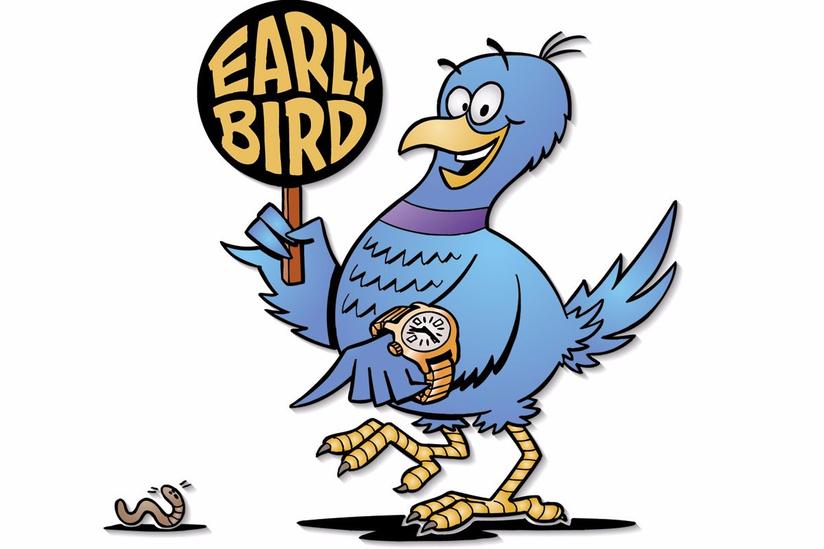
Long before the advent of films, books, or magazines, people enjoyed erotic content in far more private and exclusive ways.
Secret museums, like the Borbonico Museum in Naples, housed erotic artifacts and artworks. However, these places had restricted access—mostly to upper-class men educated enough to understand Latin and Greek. Admission was also costly, ensuring a highly selective audience.
As literacy improved, books and printed materials began to spread. This expansion worried authorities and moralists, who feared that erotic materials would reach broader audiences, including women and the lower classes. The “shadowy zone” of pornography emerged as a regulatory concept, designed to restrict access and maintain social order.
Erotic content thus became linked with moral anxieties about the democratization of culture. This led to rules to exclude certain groups from consuming it, reinforcing existing social divides.
Erotic Content and Brothels: An Early Site for Film Consumption
Early erotic films were not screened in theaters. Instead, brothels offered these films to clients as part of the experience. This niche distribution continued until the 1930s, when projection gear became affordable enough to allow private screenings outside such establishments.
Interestingly, this hints at an early form of “subscription” adult entertainment, combining visual erotica with a physical venue offering more corporeal pleasures. These private showings ensured widespread mass consumption of erotic films was delayed until technology lowered barriers.
What Can We Learn From This History?
- Pornography’s modern form is surprisingly young: Only about 150 years old as a legal and cultural category.
- Its roots in film date to the dawn of cinema: Late 1800s to early 1900s saw modest erotic shorts that sparked scandal and censorship.
- Before mass media, erotic content was exclusive: Access limited by class, knowledge, and location, through secret museums and brothels.
- Social regulation shaped consumption: Efforts to restrict access reveal much about societal fears surrounding sexuality and class.
So next time you scroll through digital content, remember that erotic expression has a long, complex history shaped by technology, culture, and morals.
How do you think the rise of mass media changed attitudes and access to pornography? Could today’s digital access be seen as the latest phase of democratizing erotic culture? The story is far from over.
Conclusion: History’s Hidden Erotic Layers
Pornography has lived a secretive, scandalous life long before Netflix or the internet. From Edison’s fiery film experiments to hidden museums for the elite, erotic content was curated and controlled carefully. As technology evolved, consumption broadened, reflecting—and sometimes fueling—society’s changing values.
Understanding this history reveals the ongoing dance between technology, morality, and human desire.
That’s a history lesson with more than a little *sex appeal* —the past is more provocative than you might expect.
